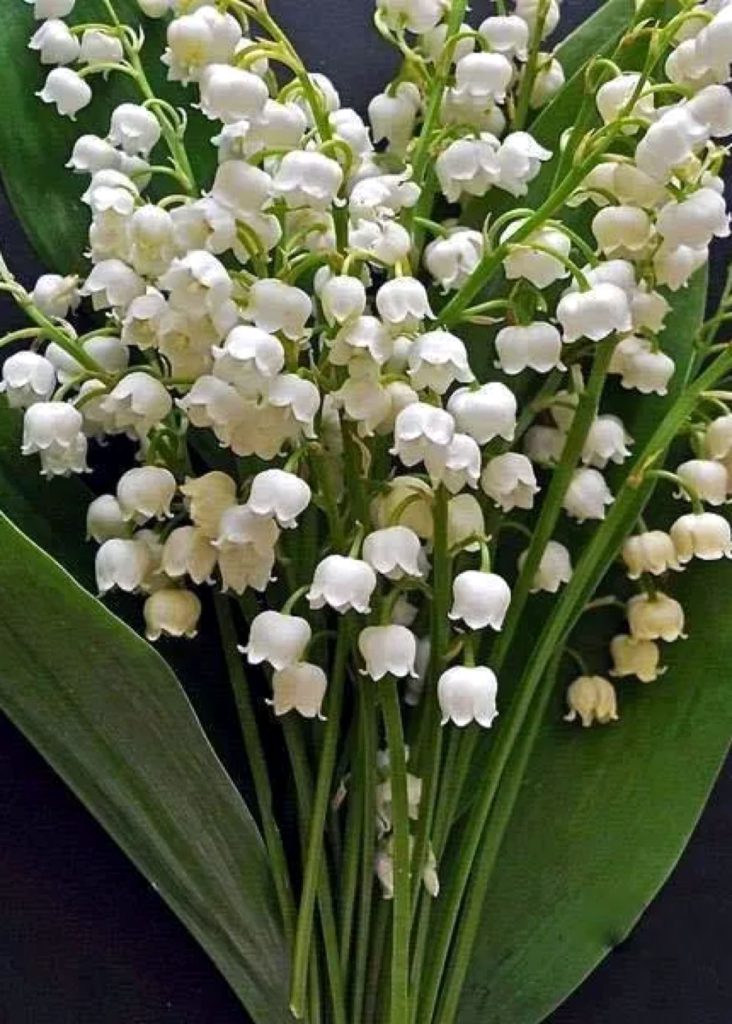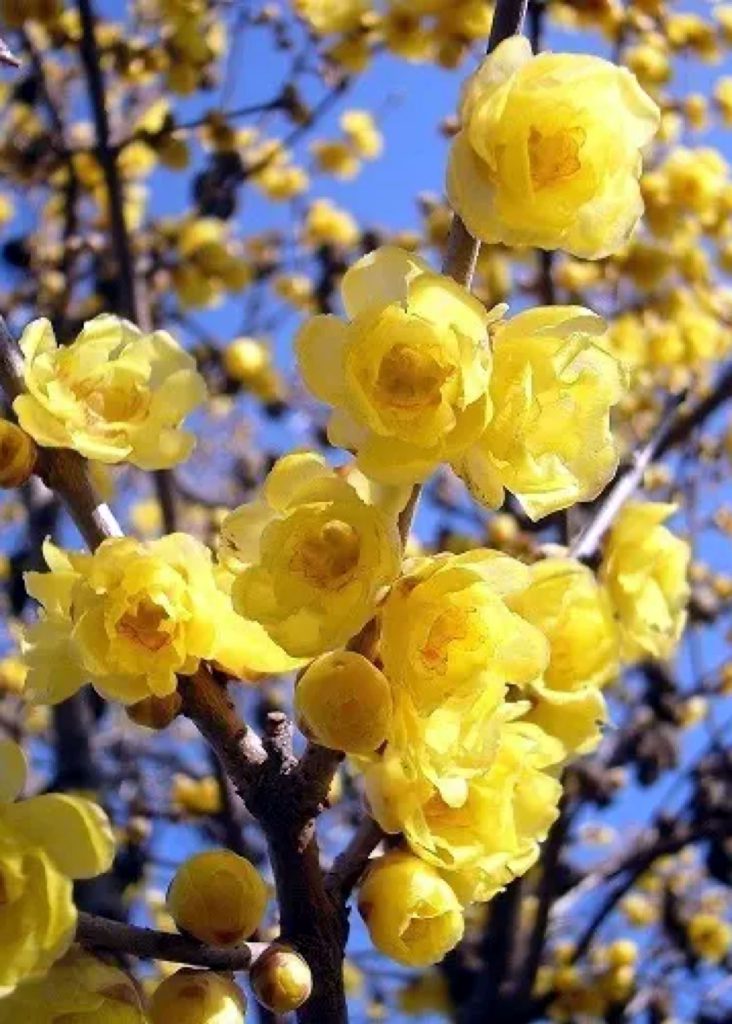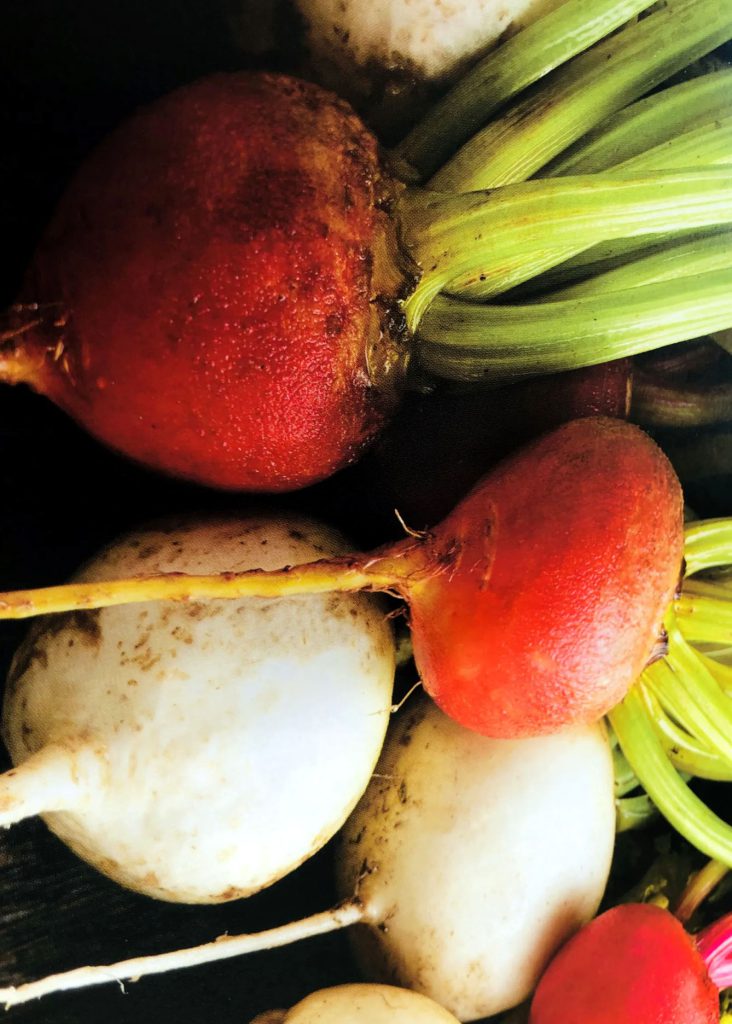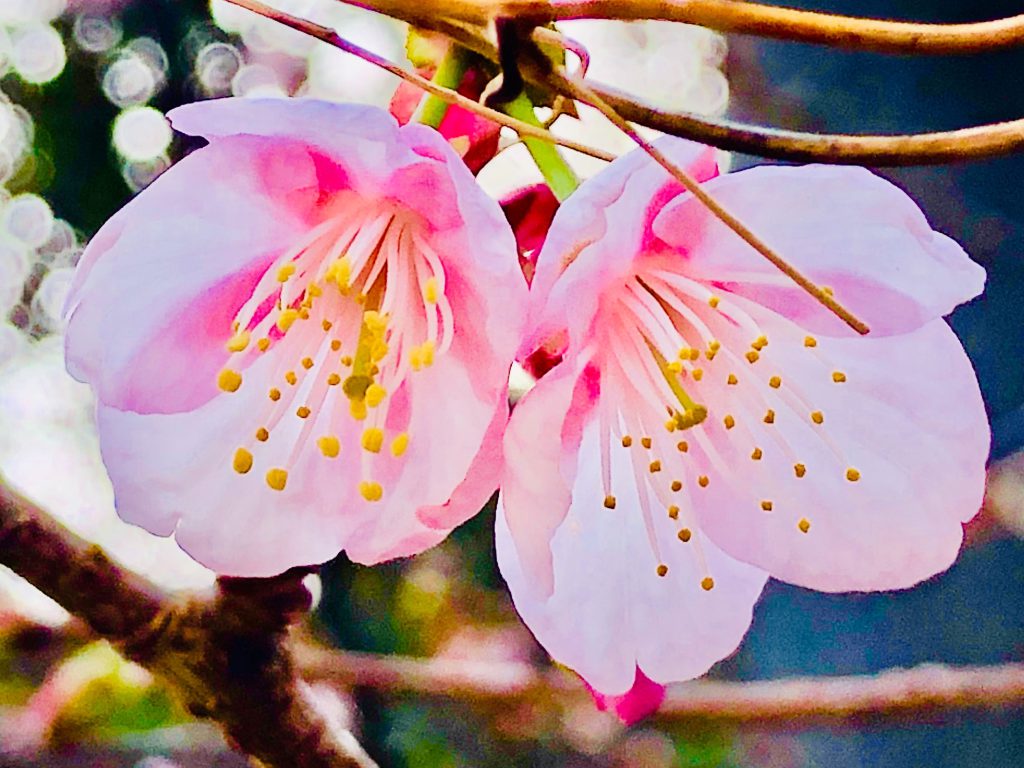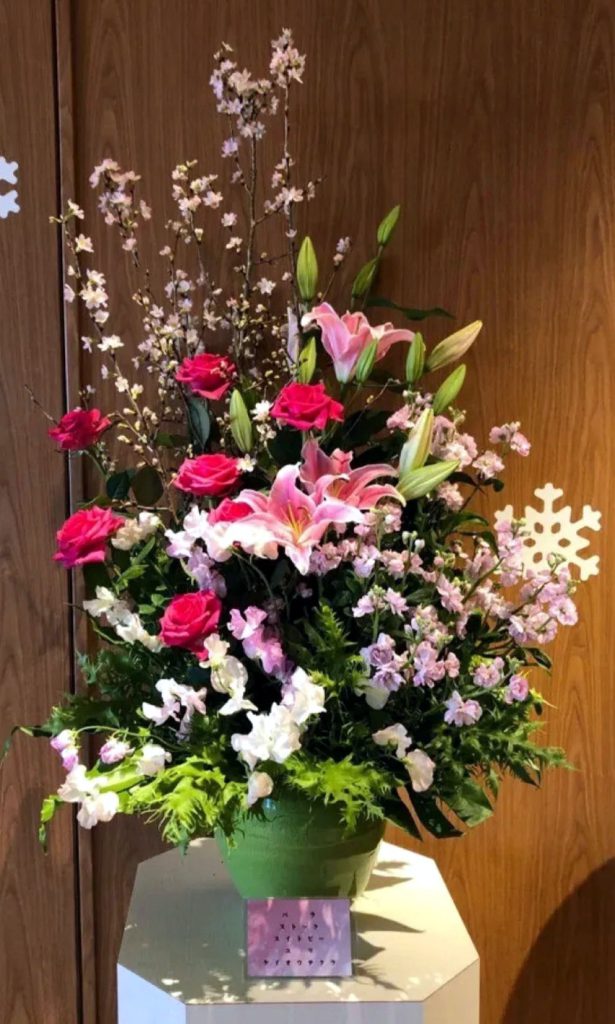
I found it at my local flower shop. The name plate of the flower is written as Yukiwariso. From the Hokuriku region to the Tohoku region centering on Niigata Prefecture, it blooms when the snow melts from late February to April, and even under the snow in the middle of winter, it is evergreen and grows by breaking the snow, so it is said that it came to be called “Yukiwariso”. However, there is an alpine plant with the same name as Yukiwariso, and that is the real Yukiwariso. It is said that Yukiwariso that grow wild in Niigata Prefecture and the horticultural varieties of Yukiwariso are officially called Omitsumisou. Yukiwariso has many different flower colors such as red, white, pink, light blue, and purple at this time of year when there are few flowers. Yukiwariso, which blooms before other plants show buds, has many fans because of its lovely appearance and name.
近所の花屋さんで見つけました。花のネームプレートには雪割草と書いてあります。新潟県を中心に北陸から東北にかけて、2月下旬~4月の雪解けとともに開花し、真冬の雪の下でも常緑で雪を割って生長するので「雪割草」と呼ばれるようになったそうです。ただ雪割草には同名の高山植物があって、そちらがほんらいの雪割草で、新潟県に自生する雪割草や園芸種の雪割草は正式にはオオミツミソウだそうです。雪割草は花の少ないこの時期に赤、白、ピンク、水色、紫など色とりどりの花色があり、二段咲きや八重咲など花形もバリエーション豊富です。他の植物がまだ蕾も見せないうちに咲く雪割草は、その可憐な姿と名前がマッチして多くの愛好家がいます。




